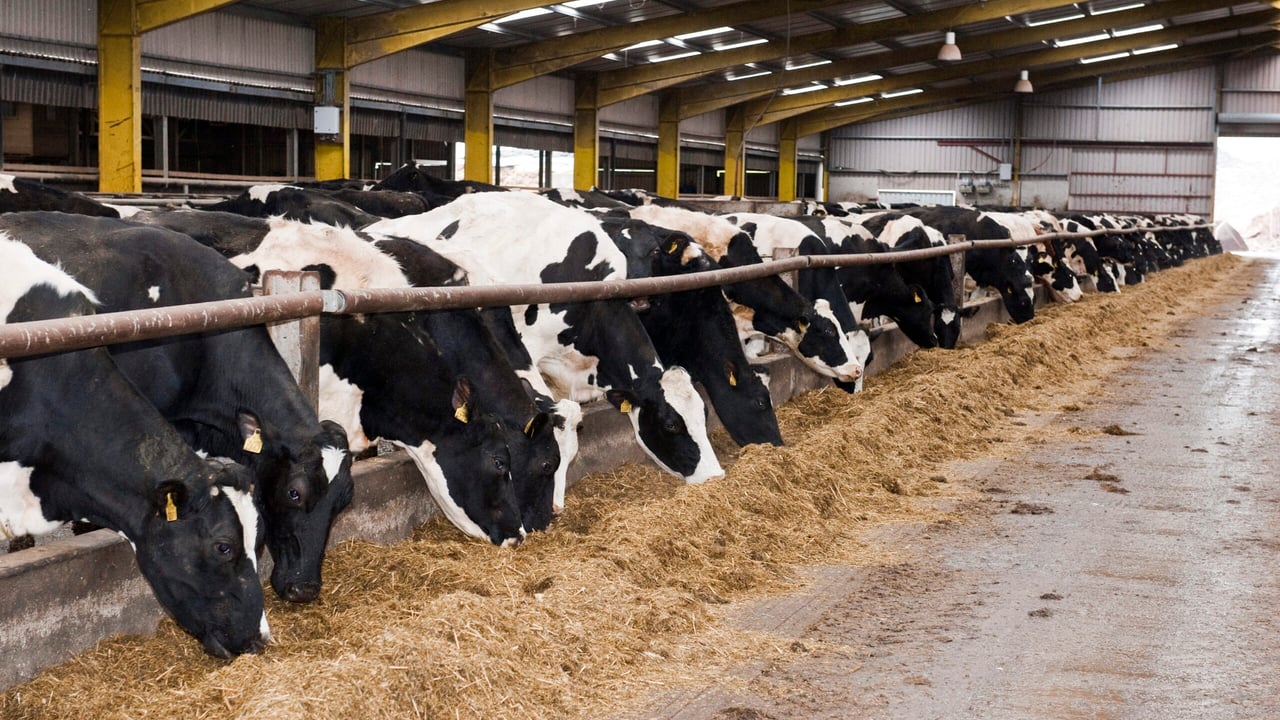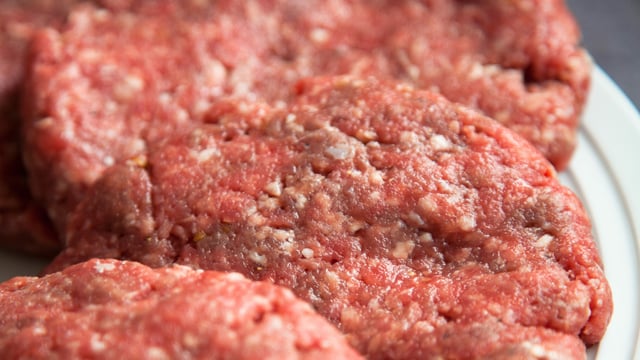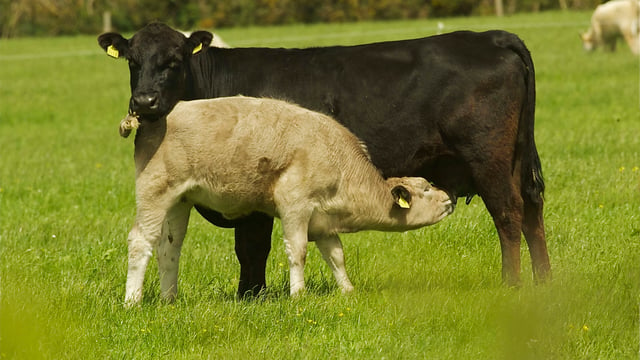Sponsored Article
Northern dairy herds are still indoors, while mild weather helps lamb mortality
Sponsored Article
Many northern dairy herds are still indoors, while the mild weather of late has helped lamb mortality, according to Dr. Dan Ryan.
Many dairy herds are still indoors in the north of Ireland, I found as my week began in the foothills of the Sperrin Mountains in Co. Derry. Many of the dairy farmers in this region have a sheep enterprise, where lambing has begun in the past two weeks. The weather has been mild this year for the lambing season, which has reduced the potential lamb mortality.
Most dairy herds are still indoors in the North of Ireland. Herd size has increased dramatically over the past 10 years. Farm fragmentation has meant that many farmers have resorted to either zero grazing or multiple cuts of silage to facilitate year round housing of cows.
The difficulties of zero grazing are:
- There is a capital investment in both tractor and zero grazer;
- Fresh grass has to be harvested daily for the cows;
- There is a time allocation required for the harvesting of grass which frequently is on an outside farm; and,
- There will be significant day to day variability in grass quality dependent on rainfall and sunshine.
The advantages of zero grazing are significant:
- Fresh grass can be included in the diet for cows where pasture damage would occur with grazing with farm fragmentation the norm on many farms, it is feasible to include fresh grass in the diet;
- The amount of grass harvested from zero grazing is increased over conventional grazing; and,
- There is less risk of lameness in cows forced to walk long distances to graze grass.
The primary concern among farmers in the North this week is one of getting slurry out on the land. There is major risks in store associated with the quantities of slurry being put in pasture. High potassium silages are now a common feature associated with this practice. These give rise to impaired outcomes to transition management in the dairy herd. It is noteworthy that 80% of herd health problems arise from transition management. The second risk is the spread of Johnes’ disease as this mycobacterium can survive in slurry for eight weeks.
Research has shown that cows which have poor outcomes from transition management (approximately 30% of the herd) have an increased calving to pregnancy interval, increased replacement rate and higher somatic cell counts in early lactation.
Returning to the South for the latter part of the week revealed a dramatic increase in grass growth rates with cows now outdoors by day on most farms. Tail-paint is also beginning to make an appearance as farmers get prepared for their breeding programmes in the next fortnight.
Dr. Dan Ryan is a cow fertility expert and can be contacted here.
Sponsored Article



